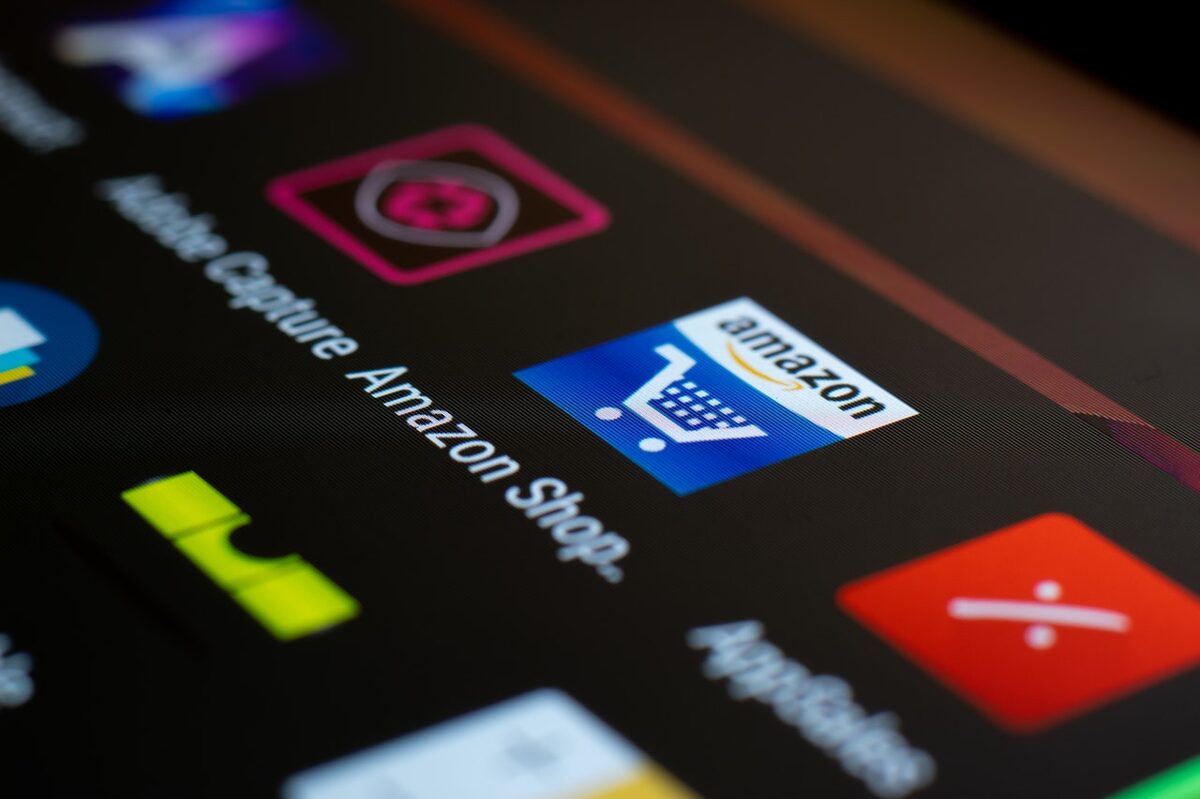Dynamic pricing. How to use it to benefit everyone?
March 12, 2021 at 10:29 am,
No comments

Amazon, the largest e-commerce website, Uber, the ride-sharing company and Airbnb,
the accommodation booking platform. These businesses are similar not only in
terms of rapid growth, but also in terms of dynamic product and service pricing3.
Dynamic or real-time pricing is one of the types of price discrimination, that
entails charging different prices for the same product or service. Price discrimination
is usually classified into three types:
- First-degree price discrimination, alternatively known as perfect price discrimination, occurs when a company charges a different price for every unit consumed. In practice, first-degree discrimination is rare.
- Second-degree price discrimination means charging a different price for different quantities, such as quantity discounts for bulk purchases. For example, if a large number of hotel rooms are booked, or if they are booked several months in advance of the arrival date, a discount may be offered.
- Third-degree price discrimination means charging a different price to different consumer groups. In the context of lodging industry, this means different prices for different guest segments, such as individual travellers, groups or corporate clients2.
Dynamic pricing is the second-degree of price discrimination, and time is the
key factor. Airlines, car rentals, and hotels have used it for decades, charging
different prices depending on the level of demand at any given time. In recent
years, these pricing practices have been significantly influenced by machine
learning and artificial intelligence technologies. The most sophisticated revenue
management systems allow for real-time pricing, considering the demand at a
given moment, monitoring the behaviour of online consumers, the number of current
reservations, the behaviours of competitors and other related factors. Typically,
it operates independently, storing large amounts of data and dynamically changing
prices across distribution channels.
Effective hotel revenue management tool
Modern hotel revenue management began in the early 1990s, when hotels began to
implement various revenue management strategies, taking over the experience
of airlines. The main goal of revenue management was to optimize the hotel's
revenue by applying various types of price discrimination. As well as phasing
out fixed prices, dynamically adjusting them to the market situation and other
variables. Initially, there was no clear assurance about the effectiveness,
benefits and drawbacks of such practices, and the observations made were contradictory.
However, the results of recent research show that dynamic pricing has a positive
effect on RevPAR (Revenue per Available Room). Furthermore, there have been
correlations discovered between the range of price fluctuations and the increase
in RevPAR1.The results suggest that such pricing practices are one of the most
effective revenue management tools and, when used skilfully, can significantly
optimize accommodation revenue.

How do customers react to price changes?
How do customers perceive such practices? While there is no doubt about the positive
impact of dynamic pricing on revenue, hotel guests are unlikely to be interested
in hotel costs or revenue management issues, as well as efforts to increase
revenue and profits. Buyers are interested in personal benefits and are determined
by the perception of the predicted value-price relationship. A good purchase
is one in which the advantages outweigh the potential losses or charges.
Does changing the price also change the consumer's perception of the value of
the product or service? This topic has been extensively researched, and the
prevailing view is that price changes must be reasonable and understandable
to the buyer. For example, when surveying the customers of the company Uber,
it was found that the company's pricing strategy, in which price increases
are dictated solely by demand, often triggers negative feelings in customers.
A significant number of the respondents felt that pricing was unfair because
of its lack of clarity and predictability, as well as a lack of knowledge that
would enable them to make informed decisions4. The fact that demand for a company's
services (in this case, Uber) has increased is not a sufficiently justified
reason for the customer to raise the price; this fact does not increase the
product's value.
A completely different example are periods of increased demand on the market,
which are now identified in advance (for example, December 31, which is traditionally
the demanded date in hotels). In this case, the price increase is a reasonable
step that is understandable to the consumer. While the price of both
cases conceptually determines demand, the second example gives the buyer the
sense of price justice.
Conclusion
There is no doubt that the potential of dynamic pricing in hotel revenue management
is huge. Combined with a capability of machine learning technologies, it can
significantly optimize hotel revenue and streamline sales and marketing processes.
It can also benefit hotel guests, for example, to buy luxury services at a
lower price during periods of low demand. However, the use of such practices
and technologies does not in any way guarantee the effectiveness of the hotel's
revenue management. Equally important factors are the quality of the product
or service itself and communication with customers. Any revenue management
tool that is not based on honest, understandable, and respectful communication
with the customer would be inefficient and fail to achieve the desired results.
References:
- Abratea, G., Nicolaub, J.L., Vigliac, G. (2019). The impact of dynamic price variability on revenue maximization. Tourism Management 74, 224-233. https://doi.org/10.1016/j.tourman.2019.03.013
- Economics Online. Price discrimination. Available from: https://www.economicsonline.co.uk/Business_economics/Price_discrimination.html#EasyJets_Dynamic_pricing
- Forbes. Dynamic Pricing: The Secret Weapon Used By The World's Most Successful Companies. 8 Jan 2019. Available from: https://www.forbes.com/sites/forbestechcouncil/2019/01/08/dynamic-pricing-the-secret-weapon-used-by-the-worlds-most-successful-companies/?sh=67707e7c168b
- Santos, F.A. do N., Mayer, V.F., Marques, O.R.B. (2019). Dynamic pricing and price fairness perceptions: a study of the use of the Uber app in travels. Tur., Visão e Ação [online]. 2019, vol.21, n.3, pp.239-264. Epub May 08, 2020. ISSN 1983-7151. https://doi.org/10.14210/rtva.v21n3.p239-264
